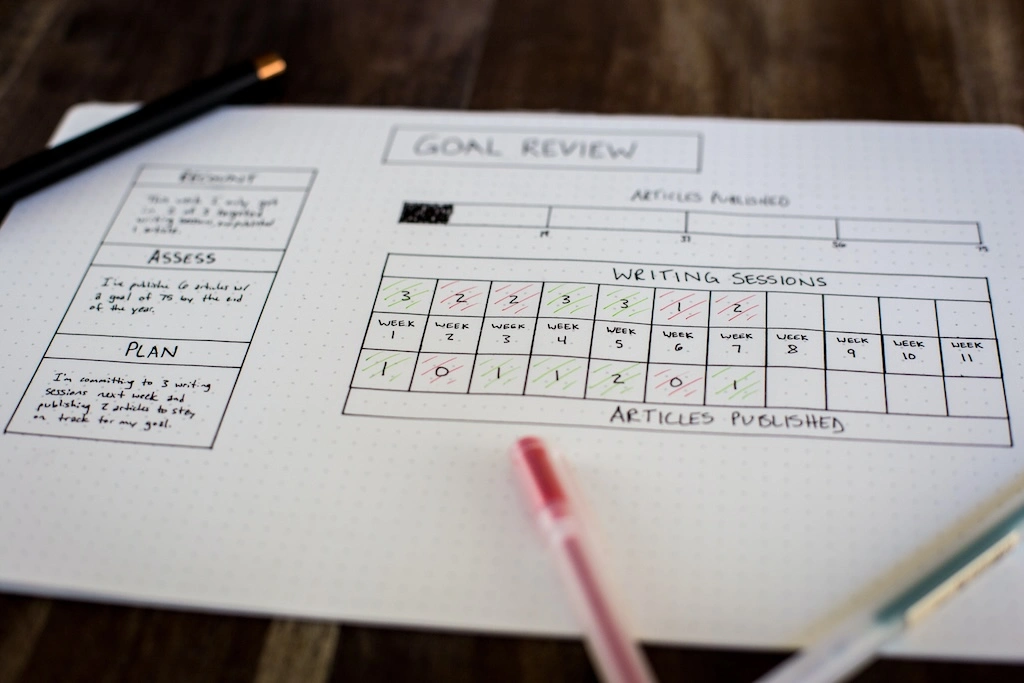Dive into the world of creative year-long classroom assessments with our Owls project! This innovative approach combines daily evaluations and a unique classroom 'map' to track student progress in a fun and engaging way. Learn how we use teacher stamps, student mood indicators, and a class mascot to make learning and self-assessment an exciting journey. Get inspired to transform your classroom assessment into a memorable adventure that celebrates each student's journey and growth!
Due to repeated questions in the mail on the topic of year-long classroom assessments, I am posting here one abbreviated suggestion from a reader and will attempt to answer it in turn. Perhaps you, too, will find it useful in starting school and dealing with motivation. And in conquering that year-long journey, it probably doesn't matter whether pirates sail, kites fly, owls fly, or travelers travel.
Hello, Kate,
I was very interested in your Owls project and I would like to ask you more about it. What form did you choose for the owl pass? Did you display the pupils' positions on a bulletin board or did the children take the owl positions home in the form of a picture? At the end of the school year, what did the children receive from you as a reward, i.e. for achieving the highest level?
Classroom card
- is designed for daily evaluation. In addition to the teacher's stamp, it can also include a picture of the child's own mood or a verbal comment (e.g. "great day, sports day, great event, tired"...). Thus, there can be a record where next to the date the child has his/her "frown", which you can ask about during your stamping and learn, for example, "that grandma left, the hamster is sick, or the child lost a tooth..." And you rate the child positively for the day's work, so he has your cheerful stamp next to him. And eventually, the parent should also ask why the child drew there just on that particular day.
- and there may be a teacher's frown in it. I don't give many, but when it does, the whole class knows it and even the "rewarded student with the" is aware of why they got it.
- is often more valuable to my classes and students than a student book.
- It features the class mascot on the cover.
- has a sheet of rules pasted on the first page (of a regular notebook with a cover),which are acknowledged by a signature.
- contains a card that children write with their parents on the first day of school at home (first graders usually have a parent write it too). They are not secret, on the contrary, we tell them to each other the next day - I admit that I always look forward to this moment of revelation myself
Year-round classroom assessment - Principles
- 10 teacher positive stamps are used to mark a path on the common classroom "map". We had footprints to the dragon's lair, parts of the path to the treasure, leaves on the branches around the nest, clues to the fort.
- Reaching 10 is also recorded in the pass with a larger numbered marking - a stamp
- For every passing cloud, two positive are added to reach the mark on the map. (i.e., if a student has, on the third day, 12 is needed to get the first mark on the big map).
- The order in which they can progress along the way can be "shuffled" by an exceptional acquisition, which then causes someone to have even two or three per day (this is an exceptional situation and you will probably only get this need based on initiative and composition in the class).
- In case of long term sickness, others may get a head start. It's then up to you to monitor this and possibly award catch-up teaching or declare an emergency bonus assignment...
- I usually monitor where we are on the map before Christmas, at half term and after Easter. Previously we just had sheets around the nest, after repeated experience, I have calculated that with daily marking and changing after ten, it is possible to walk 25 feet to the finish. 22 would probably be enough, but I'm counting on maybe a bonus - skiing, outdoor school, night patrol, special awards and merits
- I've broken down the principles of classroom assessment in the Owls class project presentation (direct link on Slideshare).
Positions
- the first dragon plan was without positions, just with the goal of reaching the dragon's lair
- the pirates had a palm tree along their route at 10 and an anchor at 20, and at both positions they opened a chest and chose what they liked in it.
- The owls changed nests and grew after every 5 petals, or 50, so they all flew out of the nest at the end of the year like studied owls. Their progress after changing in the nest was pasted on a sheet which was then put in the Owl Journal. See also the presentation for more on the owlets' positions:
- Travelers on their way to the fort acquire symbols: backpack, magnifying glass, compass, map.
Final "award"
- I'm not primarily aiming for having to give out physical rewards to the kids, but so far it's always worked out that way because I've had actionable parents and funding.
- The prizes at the pirates were pirate themes on almost everything - notebooks, stationery, fabric, pillows, towels, books, teas... thanks to the parents, we actually had a lot of stuff in the chest, which is why the chest was opened halfway through and at the end.
- The owl's nest was also continuously filled - mugs, albums, stuffed animals, crocheted owls...
- I always create themed diplomas, plaques and a book of my own travel experiences for the children and they too will learn during the school year that "the journey is the destination and the reward is our friendship!"



